Should Your Business Be on Social Media?
Context note: As Deploy works primarily with Canadian Mortgage Professionals, this content has been written with that target audience in mind and published on Deploy.Mortgage, but we've shared it here as well as many of the concepts are transferrable to any business.
Should you be posting on social media? That’s a tricky question to answer. Like anything marketing related, you get out of it what you put in. But the answer is likely yes, yes, you should be posting on social media. To what extent and how you publish the content is up to you.
However, if you’re a Canadian mortgage professional looking to build a solid social media strategy, any plan you put together should start with the following:
- Identifying and targeting the right audience
- Actively posting content on a regular schedule
- Creating a consistent brand identity
If your time is more valuable writing mortgages than publishing posts on social media, consider outsourcing your social media scheduling to a reputable company. Be sure that they are a company that is familiar with the Canadian mortgage industry. Assuming your website has the appropriate landing pages and mortgage content, setting up regular posts on social media will help you become more referable online and grow your mortgage business.
Identifying and targeting the right audience
Identifying the right target audience on social media is an essential step in creating an effective social media strategy. Here are a few ways to go about identifying the right target audience:
- Define your target market: Start by identifying the demographic characteristics of your ideal customer, such as age, gender, income, education level, and location. This will give you a general idea of who your target audience is.
- Analyze your current customer base: Look at your current customer base and identify patterns among those who have worked with you previously. Consider what they have in common and use that information to define your target audience more precisely.
- Research your competition: Look at the social media accounts of your competitors and take note of the demographics of their followers. This can give you an idea of who is interested in your industry and what content resonates with them.
- Use social media analytics tools: Most social media platforms have built-in analytics tools that allow you to track engagement, reach, and other metrics. Use these tools to gather data on your audience and identify patterns.
- Use social listening tools: Social listening tools allow you to track mentions of your brand and related keywords across social media. This can give you an idea of the topics and conversations that your target audience is interested in.
- Conduct surveys or polls: Ask your current followers about their interests, demographics and pain points. This can give you a more detailed understanding of your audience.
By identifying the right target audience, you can create landing pages and content that resonates with them and increases engagement. Additionally, this research will help you to better understand what social media platforms they are using, so you can focus on the right platform and save time and resources.
Actively posting content on a regular schedule
While it’s assumed that social media is active engagement with clients, there is a passive component to it as well. Social media accounts are where potential clients can “check you out online” to see if you are someone they want to do business with.
Actively posting on social media will enhance your online presence and make you more referable in several ways:
- Increased visibility and reach: Regularly posting on social media can increase your visibility and reach by putting your brand in front of people who know you, like you, and trust you. If someone has been referred to you, this can help you to attract new followers and potential clients.
- Building brand awareness: By consistently sharing valuable and relevant content, you can position yourself as an expert in your industry and increase brand awareness and trust.
- Increases your referability. Social media accounts like Facebook, Instagram, LinkedIn and Google Business Listing are used as a place to assess you online. By publishing regular mortgage-related content to your social media platforms, you indicate to potential clients that you want their business.
- Increased website traffic: When you post on social media, you should include links to your website. This can drive more traffic to your website, which can help to improve your search engine rankings and increase the visibility of your brand.
- Improved social proof: creating a strategy to generate reviews on Google Business Listing is a great way to showcase social proof by showing potential clients that you’re actively meeting the needs of your existing customers.
By actively posting on social media, you create a consistent online presence and establish your brand as an authority in the mortgage industry. It also allows you to engage with your audience (if you’re present there) and build relationships with them, which can help to increase brand loyalty and help turn referrals into clients.
Creating a consistent brand identity
Creating a consistent brand identity online is crucial for building trust and credibility with your audience. Here are a few steps you can take to create a consistent brand identity:
- Define your brand: Start by identifying the key elements of your brand, such as your mission, values, and unique selling points. This will provide a foundation for all of your online messaging and content.
- Develop a visual identity: Develop a visual identity for your brand by creating a logo, colour scheme, and other visual elements that will be used consistently across all online channels.
- Establish a consistent voice and tone: The voice and tone of your online content should be consistent and reflective of your brand. It should align with your target audience and the overall messaging of your brand.
- Use a consistent template: Use a consistent template for your website, social media profiles, and other online channels to ensure that all of your online properties have a consistent look and feel.
- Create brand guidelines: Create brand guidelines that specify the elements of your brand identity and how they should be used. These guidelines should be shared with anyone creating content for your brand.
- Implement cross-channel consistency: It is essential to ensure that your brand is consistent across all your online channels, from your website to your social media, email marketing and other online presence.
- Use consistent language, messaging and visuals: Make sure you use the same language, messaging and visuals across all your online channels. This includes the text and images on your website, social media posts, and email marketing campaigns.
By creating a consistent brand identity online, you can help to build trust and credibility with your audience and make it easier for them to recognize and remember your brand. It will also help to make you more referable and memorable.
In Summary
Whether you decide to publish posts to your own social media account or hire a reputable company to handle that for you, identifying and targeting the right audience, actively publishing content on a regular schedule, and creating a consistent brand identity will undoubtedly help you establish a better online presence and grow your mortgage business.
When you sign up for any of our subscriptions, we provide you with a social media scheduling platform through our Deploy Command Base. If you’re new to social media and have the time to figure it out, our DIY platform is a great place to start.
If you’re looking for content to share socially, our website and content package is likely a great fit for you. With weekly blog posts, landing pages, articles and resources published on your site, you’ll have all the content necessary to establish a social presence.
If you’d like us to take over and manage the publishing of your content socially, we can do that for you. Our social media management subscription is where you want to be! We’d love to work with you. Get started now!
MORE ARTICLES





